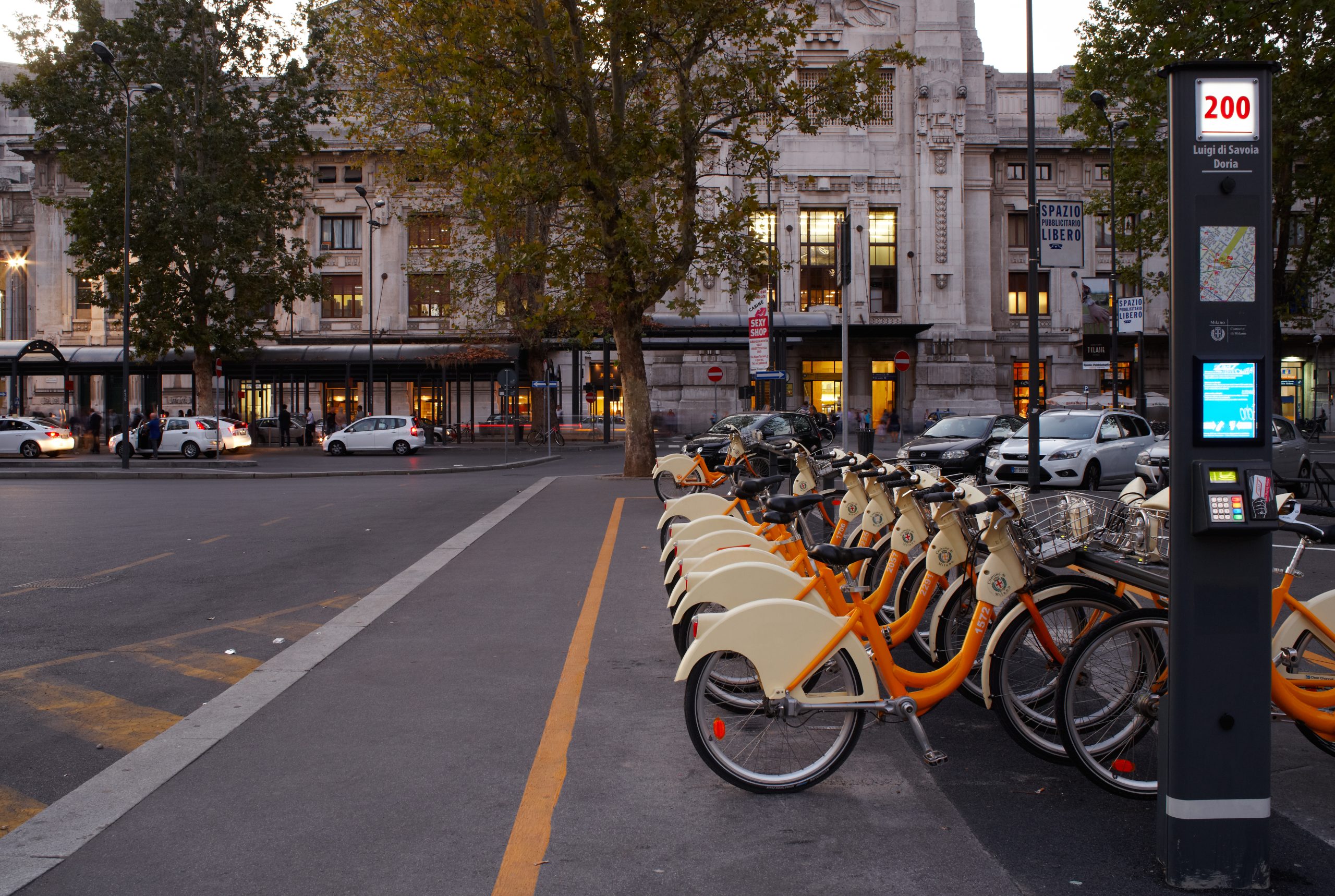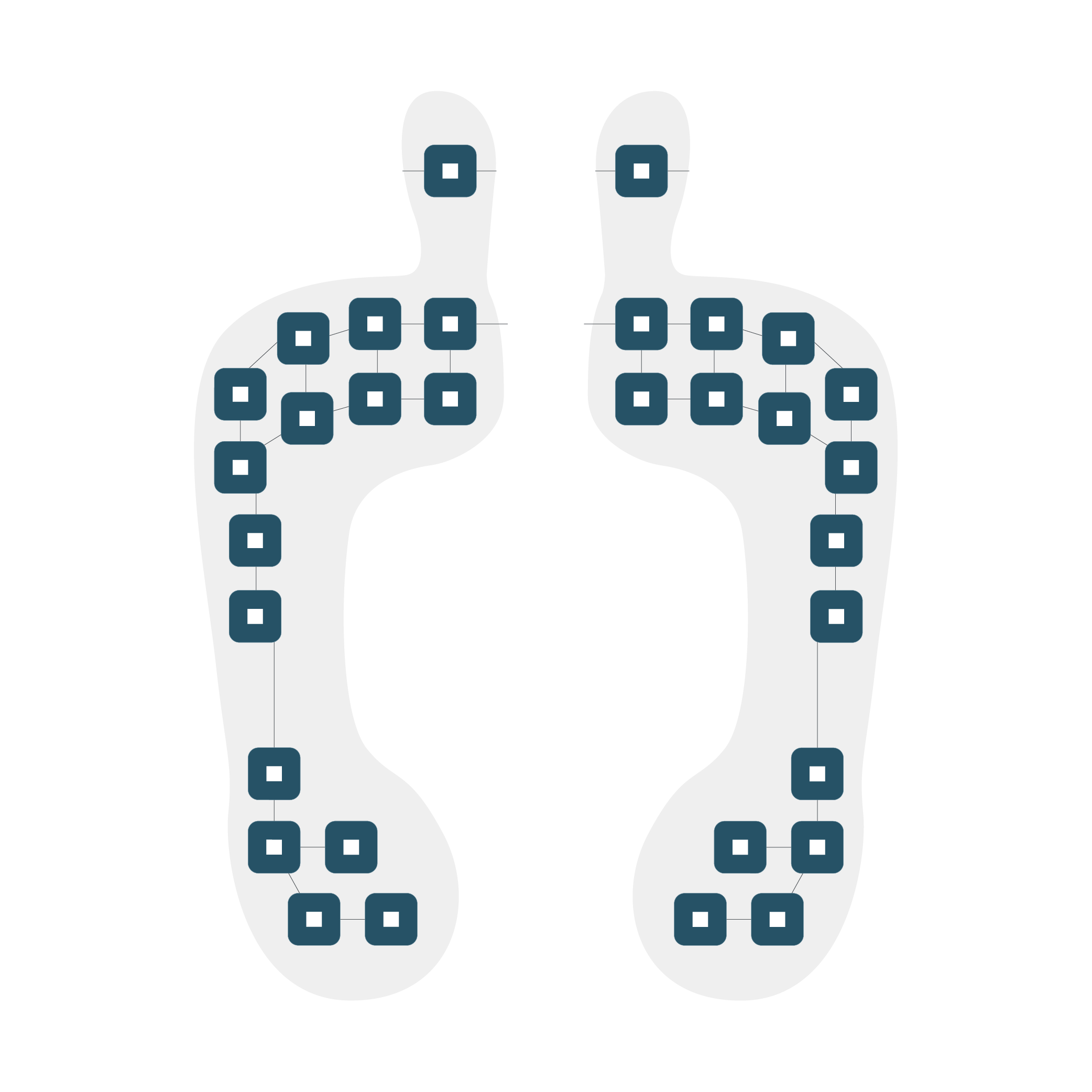Objectives of Smart Mobility
Smart Mobility is a groundbreaking concept based on advanced technologies that are transforming mobility systems: smart sensors and AI. While these technologies have been in existence for some time, their integration into the realm of smart mobility is paving the way for unique advancements and opening new possibilities.
At the heart of smart mobility lies the utilization of Internet of Things (IoT) sensors. These sensors act as the vital link, connecting various modes of transportation in a seamless and integrated network. Real-time AI analytics enable a comprehensive understanding of the transportation ecosystem, which helps us move closer to achieving important economic and environmental objectives. The main objectives of smart mobility include increasing safety and efficiency, improving traffic management systems, and transforming our cities into carbon neutral zones.
Governments and organizations worldwide are setting decarbonization goals, with the EU aiming to be climate neutral by 2050. The transportation industry is, in effect, banishing fossil fuels and moving towards eco-mobility in and around cities.
In this transition, inertial sensors emerge as indispensable tools that provide real-time data to drive more efficient resource management and minimize negative environmental impacts. These sensors, capable of measuring and analyzing various parameters, provide a better understanding of energy consumption and emissions. Armed with this information, we can proactively identify areas for improvement and implement measures that promote sustainable alternatives.
Hindrances to Adopting Smart Mobility
Solving the problem of urban mobility is a complex challenge, one that increases in importance with each passing year. The complexity of this problem arises from the intricate interplay of overlapping segments: different levels of legislation, multiple modes of transportation, intricate transit networks, and the availability of technology. Smart solutions are often city-specific, and what works in one city may not be scalable or duplicable in another.
Legacy technology is one element that makes it difficult to implement a smart mobility network, primarily due to its limited compatibility with new systems. Outdated infrastructure is often unable to seamlessly integrate with emerging technologies, hindering the establishment of a comprehensive smart mobility ecosystem. For instance, traffic lights designed before the arrival of autonomous vehicles may lack the communication capabilities required to interact with these advanced vehicle systems.
Another considerable factor that affects the value of a smart mobility network is its data collection limitations. Many legacy systems were not designed with data collection in mind, which is an important function of smart mobility networks. Merely being connected to IoT devices is not enough; the real potential of smart mobility lies in collecting and analyzing mobility data, then acting on insights that we obtain. Access to comprehensive data enables the identification and addressal of concerns related to high-demand areas and the performance of various transportation services.
Remedying this may include retrofitting existing equipment with sensors and communication modules to enable data capture and transmission. Additionally, data management platforms and analytics tools can help in the extraction of valuable insights from collected data, enabling informed decision-making and proactive optimization of mobility services.
The Role of Inertial Sensors in Smart Mobility
Sustainability and Decarbonization
Inertial sensor data helps to inform the adoption of electric vehicles, allowing a shift away from traditional combustion engines and significantly reducing carbon emissions associated with transportation. Regardless of costs, the benefits associated with autonomous vehicles are multifold. They navigate the road and respond to dynamic conditions with careful precision, thanks to real-time data provided to their control system by IMUs.
The sensors continuously monitor the vehicle’s movements and detect any deviations from expected behavior, allowing corrective actions or alerting the driver if necessary. This helps to minimize the potential for collisions, making autonomous vehicles a safer option for transportation. Moreover, with some help from sensor fusion algorithms, autonomous vehicles can also optimize routes based on real-time conditions, further improving overall efficiency and reducing congestion.
Building New Models of Urban Mobility
Inertial sensors are commonly used in a variety of automotive applications, including autonomous driving, vehicle tracking, and ride-sharing services, which have brought about the disruption of a long-established model of urban mobility.
Our roads are transforming before our eyes, with cycle lanes popping up left and right, and revisions to speed limits to accommodate micro-mobility solutions. As a result, more city dwellers are embracing greener options like e-bikes and e-scooters as their primary mode of commuting to mitigate traffic congestion and pollution.
In ride-sharing services (including e-bike and e-scooter fleets), inertial sensors help to monitor driving behavior, encompassing factors like speed, acceleration, and braking patterns. This data serves multiple purposes, such as enhancing safety, reducing accidents, optimizing routes, and improving overall efficiency.
This illustrative case study involving the collaboration between 221e and Poste Italiane shows how our Muse sensors were used for effective fleet management practices. Muse provides fleet tracking by combining inertial sensors and GPS to monitor the real-time movement of vehicles. A feature that aids in theft prevention and overall security.
The Muse system was used to monitor driver behavior, detecting abrupt acceleration or harsh braking patterns. Identifying such aggressive driving patterns helps in coaching drivers on safer practices and promoting eco-sustainable driving practices across their fleets.
Apart from monitoring driver behavior, Muse sensors also provided data about road conditions, for example pothole occurrence, and the effect they have on vehicle health. Having access to data on vehicle dynamics, including vibrations and shocks allows Poste Italiane to identify irregularities in vehicle performance, such as suspension issues or tire problems. Timely detection of these issues prevents breakdowns, improves maintenance schedules, and extends the lifespan of fleet vehicles.
Conclusion
The integration of inertial sensors into urban mobility has changed the way we navigate these environments. When combined with AI analytics and data-driven insights, they aid in effectively developing targeted policies, incentives, and infrastructure investments while promoting a greener transportation ecosystem.

